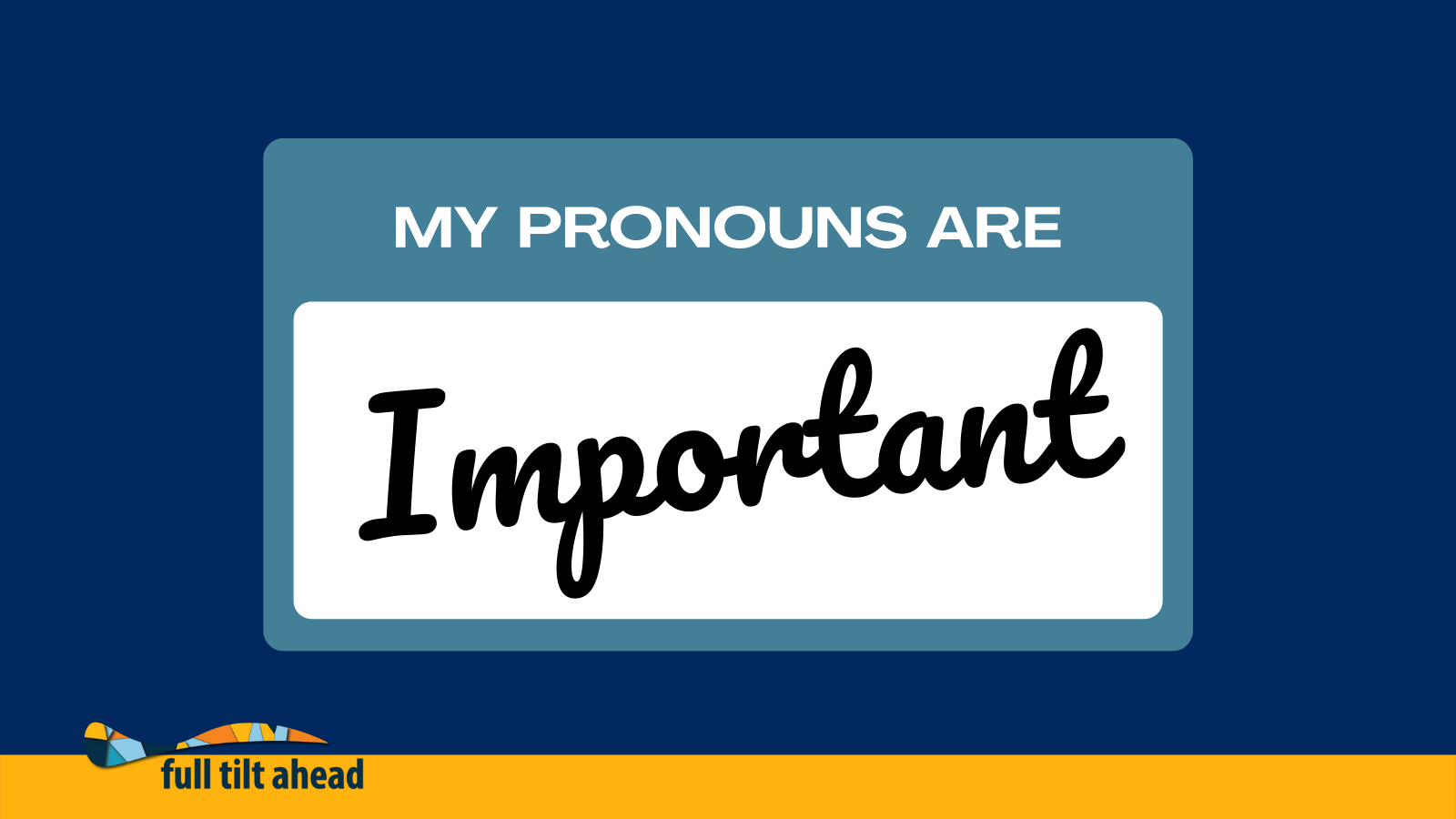Pronouns Are Important for Student-Centered Teaching
Welcome back to our series on better learning with Zoom. Last week we talked about the importance of student-centered learning. We highlighted how forcing students to use their webcams can actually hurt them more than it helps. This week, we’d like to focus on how to cultivate diversity and student expression in your online class. To do that, we’re looking at key new Zoom feature, the ability to choose and show your pronouns.
Why Pronouns Matter
Pronouns are more than just a word. They’re part of our identity. And for many of us, the ones assigned to us match the ones we’d like to be called. But for others, that isn’t the case. And since pronouns are a piece of who we are, being called the wrong ones can feel alienating. Conversely, taking the time to learn and call someone by their preferred pronouns can help them feel like they belong. Fostering belonging in our classrooms is a key part of student-centered teaching. And thanks to Zoom, that’s easier than ever.
Fostering Belonging in Zoom
Students and teachers alike now have the choice to showcase their pronouns with Zoom’s new pronoun feature. Your pronouns will be displayed below your name in all of your future meetings, making it quick and easy for others to identify how to refer to you. If you’re ready to get started adding your pronouns to your Zoom profile, check out this article.
At Full Tilt Ahead, we’re committed to sharing educational information and tips on our blog every Saturday. If you’re looking to make a student-centered online course, then stay tuned for the final installment of this series next week. Don’t forget to check out all of our other blog posts on online learning and course design. If you enjoyed this article, share it with your friends, collogues, and students, and shout us out on Twitter.
For more information on the importance of pronouns, please visit MyPronouns.Org.

